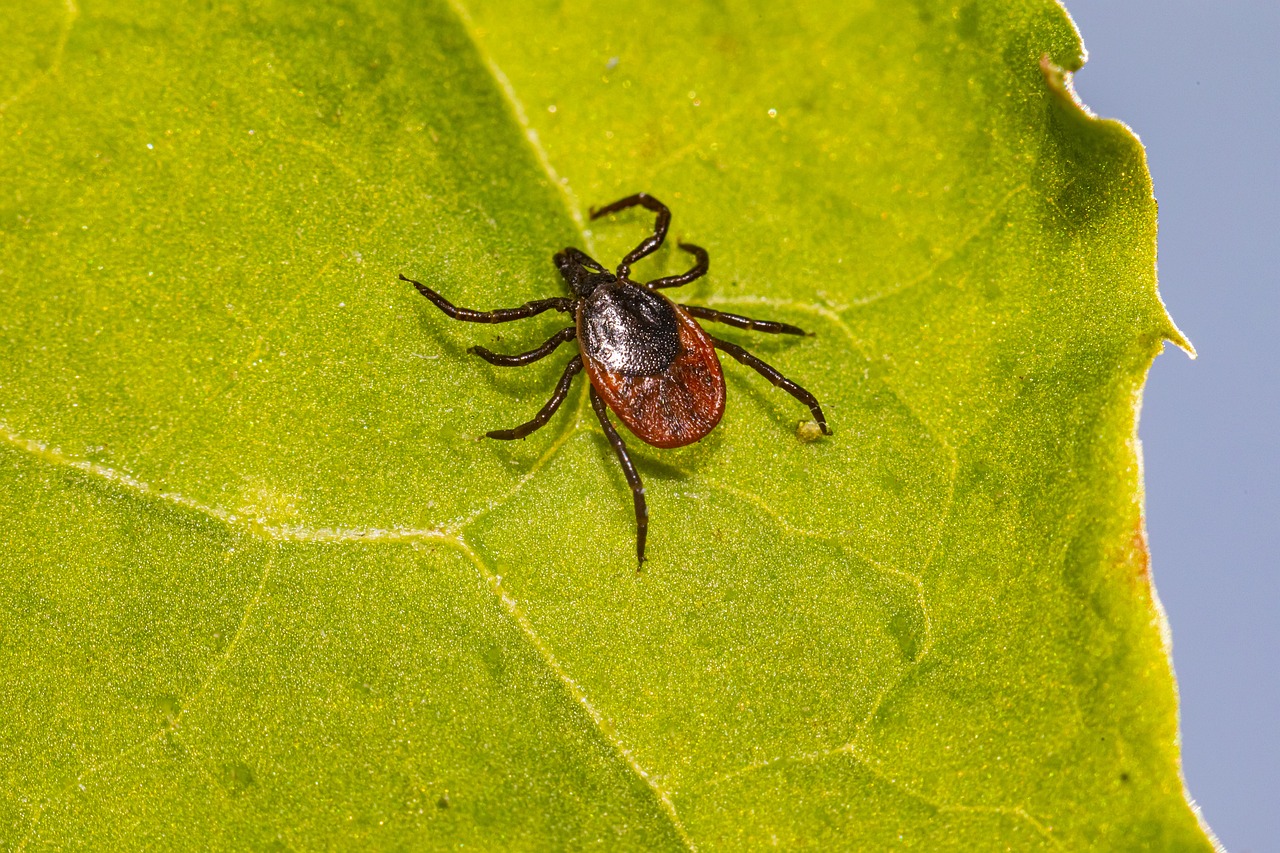The Alongshan virus (ALSV) is increasingly detected in ticks in Europe. There are reports of this from Germany, Switzerland, France and Finland. There are also detections of the new tick virus in Russia. “It can be assumed that the virus has also been circulating in Europe for some time and has probably already led to illnesses,” explains the scientific director of the Center for Travel Medicine (CRM) based in Düsseldorf, Tomas Jelinek.
According to the CRM, severe illnesses beyond flu-like symptoms have not been associated with ALSV infection to date. However, the Alongshan virus has been added to the list of pathogens spread via tick bites.
The Swiss Center for Travel Medicine describes the following ALSV symptoms:
Headache
Fever
Fatigue
Muscle pain
Joint pain
The first time the Alongshan virus (ALS or ALSV for short) was detected was in a hospital in Inner Mongolia in 2017. According to the Swiss Center for Travel Medicine, the patient was bitten by a tick and exhibited the typical symptoms of TBE infection. At the time, neither TBE viruses nor antibodies could be detected in the patient’s blood. Only after further examinations did it turn out that he had contracted the novel ALSV.
First ALSV detections in Germany
There are the first ALSV detections in Germany, as reported by German media. For example, scientists at the University of Veterinary Medicine (TiHo) Hannover found evidence of ALSV transmission via ticks to wild animals in Lower Saxony. They published their study this year in the journal Microorganisms.
According to the TiHo team, further research is needed to assess the potential risk of ALSV to human and animal health.
source: oe24.at/picture: Bild von Erik Karits auf Pixabay
This post has already been read 3074 times!



